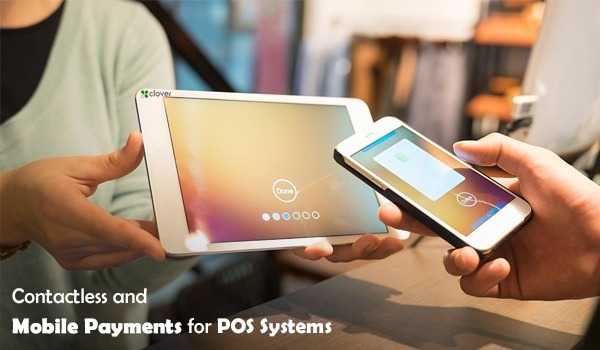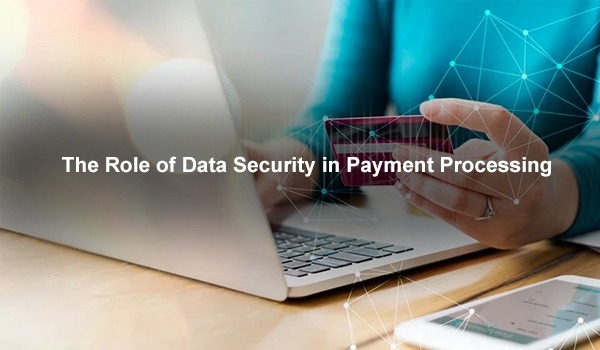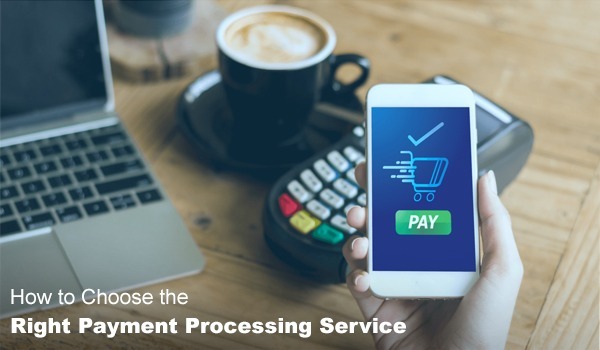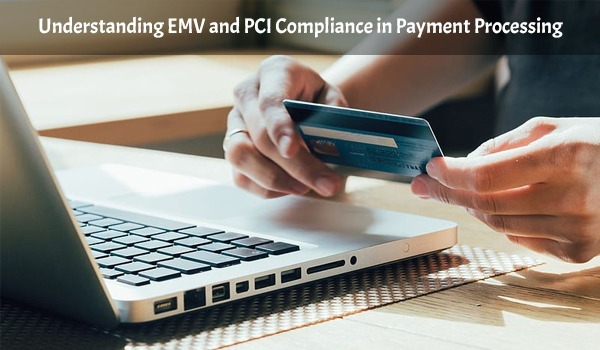
The Future of Payment Processing: Contactless and Mobile Payments for POS Systems
The Future of Payment Processing Contactless and Mobile Payments for POS Systems in today's fast-paced world, the way we pay for goods and services at the point of sale (POS) is rapidly evolving. Contactless and mobile payments are transforming the payment landscape, offering a new level of convenience, security, and speed for both consumers and businesses. In this blog, we will delve into the world of contactless and mobile payments, exploring how these methods, including Microsoft RMH with Card Connect integration, are changing the way we transact at POS systems, and why they are becoming the payment methods of choice for many.
We will examine the benefits of contactless and mobile payments, including faster checkout experiences, enhanced security features, and integration with mobile lifestyles. We will also discuss the latest advancements in technology and the trends driving the adoption of contactless and mobile payments. Join us as we explore the exciting future of payment processing and how contactless and mobile payments are shaping the way we pay at the point of sale.
Benefits of contactless and mobile payments for POS systems
Contactless and mobile Payments for POS systems can be utilized in various ways to enhance operations and improve customer experiences. Some examples include:
- Improved customer convenience: Contactless and mobile payments can be integrated into financial services companies' payment processes, allowing customers to make payments easily and quickly using their mobile devices or contactless-enabled cards. This can streamline the payment process and reduce friction, resulting in a more easy and hassle free experience for customers.
- Enhanced transaction security: The encryption and tokenization features of contactless and mobile payments can provide an additional layer of security to financial services companies' payment transactions, protecting against fraud and unauthorized access to sensitive financial information. This can help bolster the security of financial transactions and protect the interests of both the merchant and customers.
- Increased operational efficiency: Faster checkout experiences offered by contactless and mobile payments can help financial services companies improve their operational efficiency. Reduced transaction times can lead to shorter queues and faster processing times, allowing companies to serve more customers in less time.
- Mobile integration: Contactless and mobile payments can be integrated into financial services companies' mobile apps or digital platforms, allowing customers to make payments seamlessly within their mobile banking or finance management apps. This can provide a seamless and integrated payment experience, enhancing customer satisfaction and loyalty.
- Accessibility for on-the-go transactions: Contactless and mobile payments can be used for on-the-go transactions, such as bill payments, fund transfers, or peer-to-peer transactions. This can provide customers with the flexibility to make payments anytime, anywhere, using their mobile devices, making it more convenient to suit their busy lifestyles.
Overall, incorporating contactless and mobile payments into the payment processes of financial services companies can provide numerous benefits, including improved customer convenience, enhanced transaction security, increased operational efficiency, mobile integration, and accessibility for on-the-go transactions. It can help financial services companies stay at the forefront of technological advancements and provide a modern, convenient, and secure payment experience to their customers.
Understanding contactless and mobile payments for POS Systems
Contactless and mobile payments are fast and convenient methods of paying for goods and services at the point of sale. Contactless payments involve tapping or waving a contactless-enabled card or device at a terminal, while mobile payments are made using smartphones or other mobile devices. These methods offer enhanced security, speed, and integration with mobile lifestyles. Advancements in technology, such as near-field communication (NFC) and the use of mobile wallets, have driven the adoption of contactless and mobile payments. Stay tuned as we delve deeper into this topic and explore how Microsoft RMH with Card Connect integration is shaping the future of payment processing at the point of sale.
Ensuring the security and privacy of contactless and mobile payments
Security and privacy are crucial considerations for the Future of Payment Processing Contactless and Mobile Payments for POS Systems. Tokenization is used to protect sensitive payment data, encryption safeguards data in transit, authentication methods ensure secure transactions, fraud prevention measures mitigate fraud risks, privacy protection addresses data privacy concerns, secure element, and trusted execution environment protect payment data, mobile device security ensures the security of mobile devices used for payments, and compliance requirements such as PCI DSS ensure adherence to industry standards. Implementing these measures collectively can help ensure safe and secure contactless and mobile payment transactions in POS systems.
Tips for businesses on implementing contactless and mobile payments
Here are some tips for businesses considering implementing contactless and mobile payments in their POS systems:
- Stay updated with technology: Keep abreast of the latest advancements in contactless and mobile payment technologies and stay updated with industry trends. This will help you choose the right solutions for your business and ensure successful adoption.
- Choose the right payment processor: Select a reliable and secure payment processor that offers seamless integration with your POS system, like Card Connect. Make sure the processor supports the contactless and mobile payment methods you want to accept and provides robust security features.
- Train your staff: Provide adequate training to your staff on how to process contactless and mobile payments, including how to use the POS system, handle mobile devices or contactless-enabled cards, and address customer queries. Ensuring that your staff is well-equipped to handle these payment methods will help ensure a smooth adoption process.
- Communicate with customers: Educate your customers about the availability of contactless and mobile payment options at your business through signage, social media, and other marketing channels. Communicate the benefits and convenience of these payment methods to encourage their adoption.
- Prioritize security: Implement strict security measures, such as encryption and tokenization, to protect against fraud and ensure the security of sensitive customer data. Follow industry best practices and comply with relevant security standards to build trust with your customers.
- Test and optimize: Conduct thorough testing of your contactless and mobile payment processes to identify and address any issues or glitches. Continuously monitor and optimize your processes to ensure smooth and efficient payment experiences for your customers.
- Provide a seamless customer experience: Integrate contactless and mobile payments seamlessly into your customer journey to provide a frictionless and convenient experience. Streamline your checkout process and ensure that contactless and mobile payments are easy to use and understand for your customers.
Implementing contactless and mobile payments can offer significant benefits to businesses, but it's essential to plan carefully, prioritize security, educate staff and customers, and continuously optimize the process for successful adoption
Conclusion
In conclusion, the future of payment processing is contactless and mobile payments for POS systems. The future of payment processing is heavily influenced by the growing popularity of contactless and mobile payments for POS systems. These payment methods offer numerous advantages, including convenience, security, and operational efficiency. With advancements in technology and the integration of contactless and mobile payment options into POS systems, businesses can provide a seamless customer experience and stay ahead of the evolving payment landscape. Businesses must adapt to these changes and stay updated with the latest technologies to remain competitive in the ever-changing world of payment processing.
Using Microsoft RMH with Card Connect integration offers businesses the opportunity to embrace contactless and mobile payments, marking a significant shift in transaction methods. Adapting and optimizing processes to accommodate these modern payment solutions is crucial for businesses aiming to thrive in the future.







